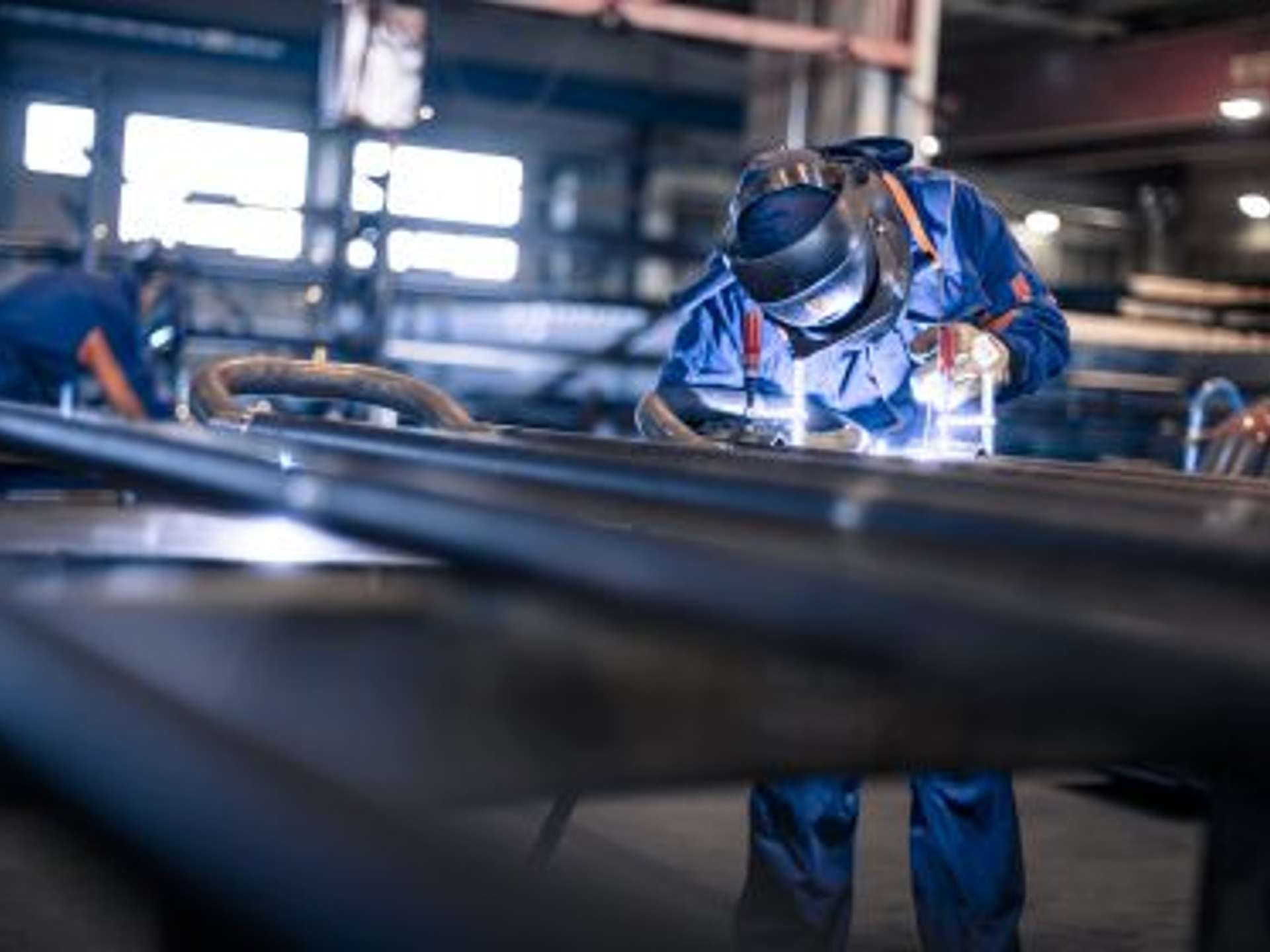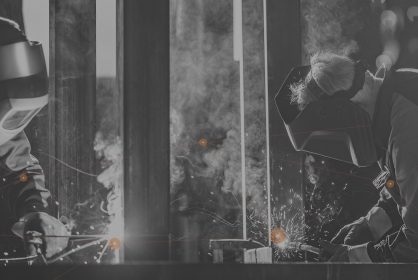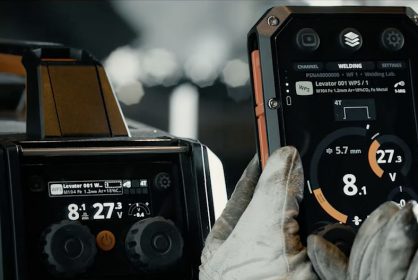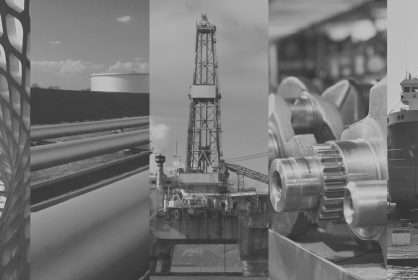
Manual welding
Standards in welding provide basis for the whole welding industry
19 June 2018
Welding standards support the whole welding industry. They affect the industry and welding company operations on a wide scale from welding equipment to welding management software, services and documentation.
Reetta Verho
The importance of standards in the welding industry is constantly increasing as regulations on safety and quality are tightened. Compliance with standards tells customers that the quality of products and services is at the required level.
Discussion around welding procedure qualification standard ISO 15614-1 update
Publishing a new version of a much-applied standard usually brings out numerous questions; exactly what is meant by the revised standard? Interpretations vary between countries, and before the interpretations become established, there are variations of how the standard is applied. There’s a risk that different interpretations will live on. It is therefore important that there are representatives from many countries in the global standardization work.
In June 2017, an updated version of the standard for welding procedure qualification tests, ISO 15614-1, was released. The welding procedure qualification standard is one of the most important and most used standards applied to welding industry globally. I summarize below the most significant changes in the standard revision. Some details are still being discussed, such as the part concerning the waveform controlled welding.
Most important changes in the welding procedure qualification standard ISO 15614-1 update:
The new standard introduces two-level system for welding procedure tests. In Level 2, the extent of testing is greater, and the qualification ranges are more restrictive than in Level 1, which requires only limited amount of testing.
Location of test pieces has changed. The location of the test bars for butt welds in plate applications has changed, resulting in a change in the welding direction. Also, the welding direction for butt joints in pipes has changed. No changes have taken place with regard to fillet joints. The new standard has not brought major changes to the acceptance limits. With regard to destructive material testing, the new ISO standards have been updated. As before, the standard allows for the welding of a new test specimen if a specimen fails to meet the requirements for the non-destructive testing. The new standard offers the alternative of performing an analysis in order to determine the root cause.
The standard permits performing new destructive material tests if such tests have been failed in the course of testing. The same applies to the welding of a new sample piece from which new test bars can be extracted. A macro test can be repeated if all the other destructive tests have been passed.
Changes in qualification ranges in MIG/MAG welding. For process-specific qualification ranges, the most significant changes are related to gas-shielded arc welding of metal. The qualification range for shielding gas in MAG welding has been restricted. With regard to CO2 content, the new standard permits a deviation of ±20% relative to the composition used in the welding procedure qualification test.
Changes in waveform controlled welding. According to the new standard, ”when a power source with waveform control is used, the power source manufacturer and waveform control mode shall be recorded on the WPQR including all other pertinent information. Change from one manufacturer to another manufacturer of the power source or a change in the waveform control mode requires a new qualification.”
Most of the power sources manufactured in the 1990’s or later are waveform controlled. Welding with the modern equipment is therefore waveform controlled welding by default, making the welding machine a pivotal variable. When a waveform controlled welding process is not used in the welding procedure qualification test, the welding machine is not a pivotal variable. According to the revised standard, the manufacturer and identifying information of the welding machine must be noted in the WPQR.
Updated revision coming up
The majority of the countries involved in standardization work voted in June 2018 for removing the part concerning the waveform controlled welding from the new standard. An updated revision without the waveform controlled welding section will be published this year.
It is extremely important to maintain the high quality and competitiveness of the European welding industry and to develop new and effective practices built on standards. Participating the standardization work means that we can anticipate in what direction the standards are evolving and we can ensure that Kemppi meets the requirements up-to-date. At the same time, we are involved in discussions with welding industry experts and influencers and keep ahead in the latest industry events. When our welding equipment, services and welding instructions are in line with the latest industry standards, our customers receive the best service possible.

Reetta Verho
Reetta Verho
Manager, Welding Services at Kemppi Oy. International Welding Engineer (IWE) who is an active member in ISO standardization committees. Board member in The Welding Society of Finland. Passionate about welding quality and the development of welding production. Member of: K105 National mirror committee for welding, ISO/TC44/SC10 Quality management in the field of welding ISO/TC44/SC11 Qualification requirements for welding and allied processes personnel.






